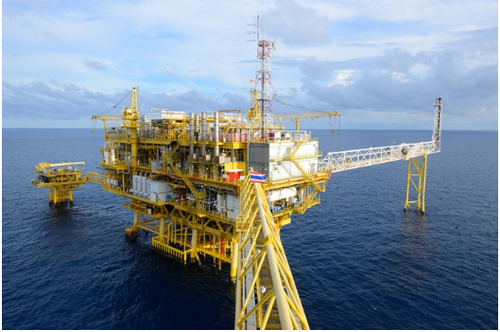Personal H2S Detection for Workers in Sour Gas Operations
Sour gas typically refers to natural gas containing very high concentrations of hydrogen sulfide (H2S). Just how much H2S content makes gas sour is up for debate, and debate it they do. Our interest in this issue is the protection of workers who operate near extraction, refinement, or transportation facilities.
We all know OSHA can be a bit behind the times, but their basic suggestions about general health and safety with regards to H2S are sound. They say simply that active monitoring for hydrogen sulfide gas, a well-thought-out action plan, and thorough training for those closest to the exposure points are the best ways to prevent injury and death.
What are the best ways to accomplish active monitoring? Typically a facility gas monitoring program will have a number of components. Fixed gas detection systems make up one aspect of the monitoring picture. Some facilities have hundreds of these at specific points within their facility.
Another important aspect of a facility H2S monitoring program is a personal gas detector. There are a number of companies that produce single gas monitors with BW Honeywell leading the pack in terms of total monitors in use worldwide. Their BW Solo H2S Monitor is popular for its reliability, durability, and low cost of ownership.
Draeger is also in the single gas detection marketplace. Their Pac 3500 for H2S is known for the accuracy of its sensors. Typically, Draeger monitors are used in facilities where hydrogen sulfide is a serious risk for workers, and not just something that needs to be checked for OSHA compliance. A hi-vis yellow Pac 3500 H2S monitor is also available to keep them from getting lost.
Gas Clip Technologies also produces a single gas monitor. Their Single Gas Clip Plus for H2S provides a hibernation feature for monitors that aren't in full-time rotation of use. It allows monitors to be turned off for an even lower cost of use since it's only active for the times when it's actually needed for gas detection.
All three of these monitors have a 2-year lifespan and don't have replaceable batteries or sensors. Others monitors such as the Draeger Pac 7000 for H2S and the BW GasAlert Extreme for H2S display constant readout of gas concentrations as well as having replaceable batteries and sensors. If your workers don't lose their monitors on a regular basis, these may be a better choice for your facility.
Whatever monitors you use, detection of H2S threshold limits and high concentrations is critical for worker safety. If you have questions about which monitors are right for your application, please contact our factory-trained gas monitor experts at 1-800-829-9580.
Recent Posts
-
Customizing Gas Detectors: Tailoring Solutions to Fit Your Unique Requirements
In today’s diverse industrial landscape, a one-size-fits-all approach to safety simply doesn’t cu …Jul 3rd 2024 -
10 Ways to Prevent Wildfires
You can prevent wildfires by extinguishing flames before you leave the worksite. Avoid practicing …Jul 1st 2024 -
ANSI/ISEA 138 Safety Gloves: Ensuring Hand Protection
The human hand is an anatomical masterpiece and arguably the greatest tool attached to our bodies …Jun 25th 2024





